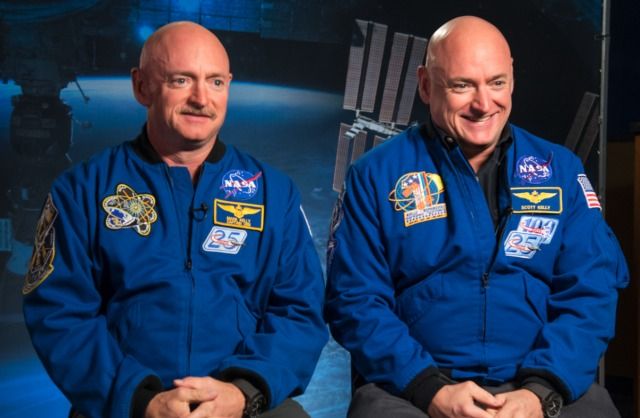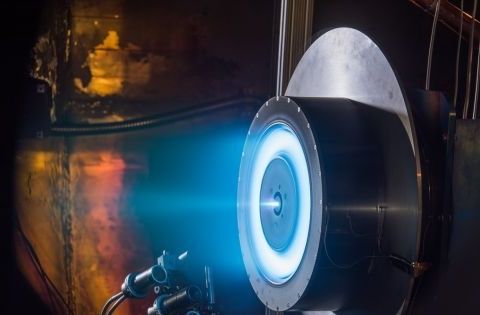Mar 9, 2018
NASA astronaut who spent a year in space now has different DNA from his twin
Posted by Genevieve Klien in categories: biotech/medical, space travel
Space travel is dangerous for a lot of very obvious reasons — traveling off of Earth on a rocket has its risks, after all — but even when everything goes well it seems that a brief stay in space has the potential to alter a person’s very DNA. That’s the takeaway from a long-term NASA study that used astronaut Scott Kelly and his twin brother Mark as guinea pigs to see how living in space can affect the most basic building blocks of life.
Scott Kelly has spent over 500 days in space overall, but a huge chunk of that came with a single mission which had him stay aboard the International Space Station for 342 days. His brother Mark, who is a retired astronaut, is his identical twin and has the same DNA. This provided a never-before-possible opportunity for NASA to study how long-term space travel affects the human body and the genes that make us who we are. As it turns out, space really does change us, and upon Scott’s return to Earth it was discovered that his DNA has significantly changed.
Don’t Miss : 12 different Nexus smartphones just got deep discounts in Amazon’s one-day sale.


















